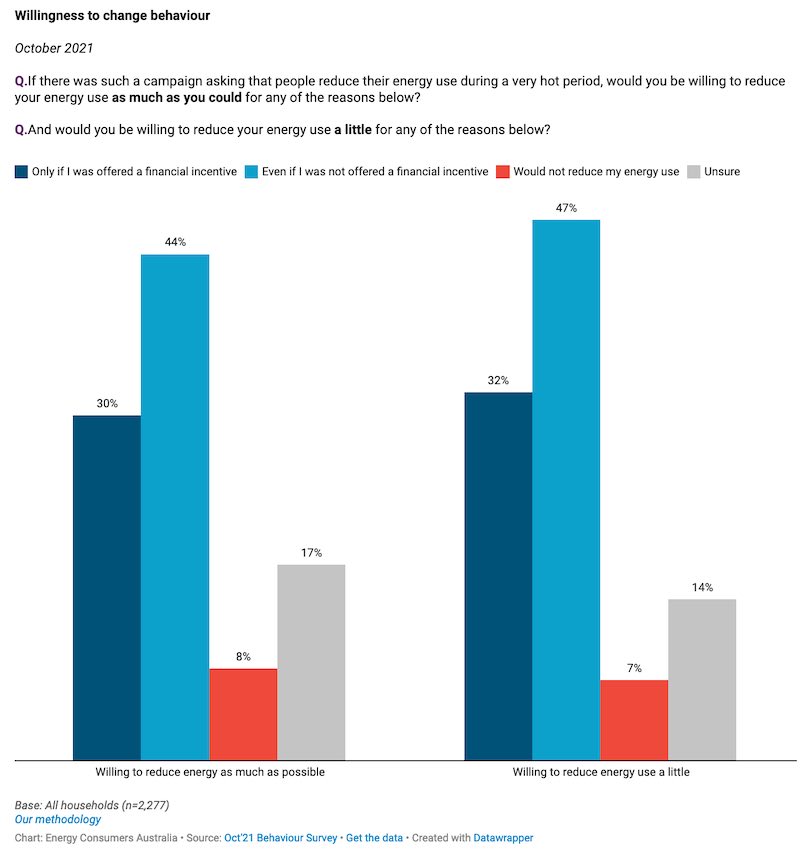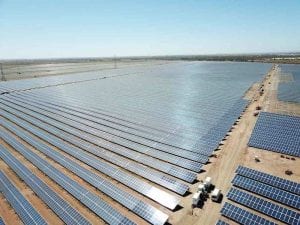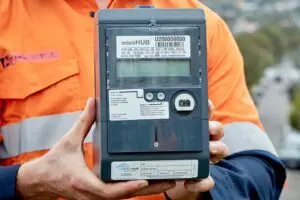In a week when Australia’s electricity market has seen the game-changing introduction of a mechanism that rewards large electricity users for reducing their consumption when needed, a new survey has found the majority of Australian households would be willing to do the same.
The survey, conducted by Energy Consumers Australia, is the group’s first annual poll of the attitudes and habits of residential and small businesses – how they use power, their attitudes to new technology, and how they see the future of energy.
Among other key themes, it explored how willing consumers would be to reduce or shift their energy use at times when demand for electricity from the grid spiked – such as on hot summer evenings – as well as what might motivate them to do so.
According to the data, an impressive 74% of respondents said they would be willing to reduce their energy use “as much as possible” during a very hot period, when the grid was under pressure from peaking demand.
Even more impressively, more than half of that number (44% of all respondents) said they would do so even without a financial incentive. A total of 30% of all respondents, however, said they would only participate if offered a financial incentive.
These are encouraging numbers, considering it is highly unlikely that households would be asked to reduce their energy consumption without any form of incentive or reward.
Indeed, this concept, called demand response, is now happening on the NEM via the brand new Wholesale Demand Response Mechanism, which kicked off on Sunday for large commercial and industrial businesses, marking one of the biggest energy market reforms in decades.
The mechanism works to encourage reduced consumption at critical peak times, rather than the usual “supply-side” response that has typically involved coal and gas generators being paid top dollar to burn more fossil fuels.
As demand response provider Enel X put it – as one of the first to sign up to the WDRM – “[It’s] an opportunity for businesses to earn a significant new revenue stream while supporting Australia’s most affordable path to decarbonisation.”
At the moment – and controversially according to some – this opportunity is only available to the C&I sector, with market rule maker the AEMC signalling plans to bring households and smaller businesses into the mix later, as part of a “sensible, stepped approach to a two-sided market.”
For those who argued that households and small businesses should have been included in the demand-response market at the same time as the C&I sector, the results of the ECA survey confirm there is an appetite for this.
“This [data] suggests that there is a latent willingness in the majority of households to moderate their energy use during times of system stress,” said CEO Lynne Gallagher in a statement on Thursday.
“Tapping into this reservoir of goodwill in ways that do not negatively impact consumers should be a key goal for energy system leaders and decision makers.”
So what to make of the findings of a recent ARENA-led demand response trial, which cited “customer apathy” among the reasons why residential customers did not respond as well as bigger industrial energy users?
The ARENA report on the findings from the trial’s second year had mixed findings, with one of the participating electricity retailers, EnergyAustralia reporting some difficulties convincing households to switch to load-control devices.
But as the report also noted, not all of the lower participation in demand response from residential customers could be traced back to lack of consumer interest. Technology was another key barrier.
AGL Energy, which sought to facilitate residential demand response by remotely controlling customer air conditioning systems found that the process of setting up such a system was unexpectedly complex.
As Enel X’s head of Asia and Oceania Jeff Renaud noted this week, there’s a bit of work to do on the technical and logistical side to make demand-response from housholds and small businesses a reality.
“We think that all energy users, whether large or small, should have the opportunity to provide wholesale demand response, so we support the mechanism being extended to households as well as small businesses,” he said.
“There will need to be further work on metering, measurement and market access approaches that scale down to these smaller loads.”
Beyond the technology and logistics, ECA’s Gallagher says that it’s also vital for the energy industry to earn and maintain consumers’ trust and listen carefully to what they are, and are not, willing to do.
“Consumers are telling us which appliances and practices they feel comfortable changing behaviour around and which they do not. It’s important that we listen to those signals.
Expecting consumers to stop doing things they regard as important and indispensable will not produce a good outcome for them or for the system.
“Working with consumers to reduce and reshape their energy usage is a critical task, though,” added Gallagher.
“We are at a point now where decisions need to be made to make room for a future grid that is 100% renewable. … Making sure we maximise and efficiently use our existing resources and infrastructure will help to make sure we are not spending more than we need to on new infrastructure. And that will help deliver consumers the clean energy future they want, while ensuring reliability and without causing energy bills to spike.”











